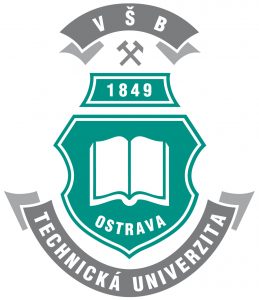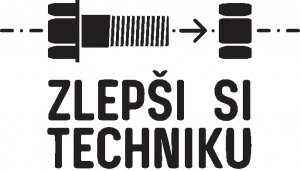Nanobrakes – “Less consumption, more ecology”
 Projects
Projects
 Projects
Projects
Have you ever considered what happens between the brake rotor and pads when you step on the brake pedal in your car? Technically, it is completely obvious. With each press of the brake pedal, the hydraulic calliper presses the brake pads to the rotor and the car slows down. But doesn’t something else happen that isn’t visible at first glance? Yes, it does. In each instance of braking a certain number of very fine particles are ground off of the brake pads. These particles are thus released into the surrounding environment and some of them end up in the soil.
The University laboratory is one of the first in Europe to discover that the abraded material from brake pads is so small and light (a million times smaller than a millimetre) that they remain in the air due to the negligible gravitational effect on them. Such small particles present a risk not only for the environment, but also for the health of living organisms, including humans, because they penetrate tissue when inhaled. When we take into consideration that there are approximately 250,000,000 cars in operation in Europe alone, it occurs to us how serious this problem is.
The objective of the university project is testing, characterisation and development of new materials for brake pads used in passenger cars. As we now know how hazardous the currently used brake-pad materials are, they are striving to figure out how to produce brake pads so that they do not contain lead and other hazardous substances. Using advanced computer simulations and measuring technology, tehy are developing revolutionary, new-generation materials that will not have any negative health or environmental impacts as they are subjected to wear and tear. As a point of interest, we can state that they are working crushed nutshells and other alternative materials into the mix.
Successful development of these brake “nanoparticles” and introduction thereof into practice will mean that drivers can brake more effectively. And all of us will breathe easier.
Nanotechnology Centre, VŠB – Technical University of Ostrava in cooperation with specialists from the United States and China.
www.cnt.vsb.cz





